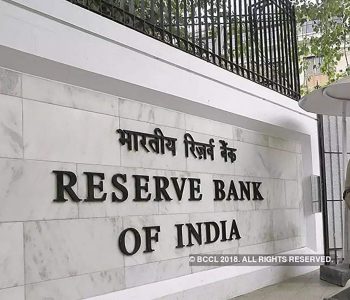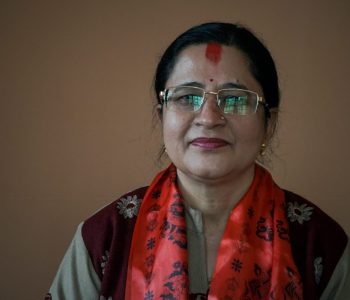400 kV Barhabise substation construction in full swing

KATHMANDU: The construction of the 400 kV Barhabise Substation in Sindhupalchok’s Barhabise Municipality is progressing rapidly. This project aims to channel electricity generated by hydropower plants in the Tamakoshi and Sunkoshi rivers, along with their tributaries, into the national transmission grid while strengthening the country’s energy infrastructure.
The 220/132 kV and 132/11 kV substations at the same location have already been completed, and equipment testing has been successfully conducted. All necessary equipment for the 400 kV Gas-Insulated Substation (GIS) has been delivered to the site. Civil structures for installing power transformers have been completed, and the installation process is underway.
Construction of civil structures for the control room and GIS equipment housing is ongoing. Once these structures are finished, equipment installation will commence. The project is approximately 70% complete, with the target to finish by the end of June 2025.
Nepal Electricity Authority (NEA) Executive Director Kulman Ghising inspected the site on Saturday and urged project managers and contractors to complete the work ahead of schedule. “Once the 400 kV Barhabise Substation is operational, electricity generated by hydropower projects in the Balefi and Bhotekoshi river corridors can be connected to this substation and transmitted through the Barhabise–Khimti 400 kV transmission line to Dhalkebar.
During winter, additional electricity can be supplied to the Kathmandu Valley from Khimti, and in monsoon, surplus electricity can be exported to India through Dhalkebar. Therefore, prioritizing the substation’s completion is crucial,” he stated.
The 400 kV Barhabise Substation is part of the Khimti-Barhabise-Lapsiphedi 400 kV Substation Project, which includes three substations. The Tamakoshi–Kathmandu 220/400 kV Transmission Line Project, which spans 43 kilometers from the new Khimti Substation in Ramechhap to Barhabise, is nearing completion. Despite challenges such as land acquisition, tree clearance, and local obstructions, the Khimti–Barhabise–Kathmandu transmission line is in its final stages.
Of the 118 towers required for the Khimti–Barhabise section, foundations for 117 have been laid, 115 towers have been erected, and 36 kilometers of cable have been installed. The remaining tower is under construction, and the section is expected to be operational by February 2025.
Similarly, the 46-kilometer Barhabise–Kathmandu (Lapsiphedi) 400 kV double-circuit transmission line is under construction. Foundations for 118 out of 122 towers have been completed, 117 towers have been erected, and 42 kilometers of cables have been installed.
To transmit electricity into the Kathmandu Valley, the Lapsiphedi–Changunarayan 132 kV Transmission Line is being developed, though progress has been hampered by local resistance.
Once the 400 kV transmission line under the U.S. funded Millennium Challenge Corporation (MCC) project is completed, electricity can flow from Lapsiphedi to the new Butwal Substation in Nawalparasi, enhancing Nepal’s transmission capabilities and export potential.














Facebook Comment